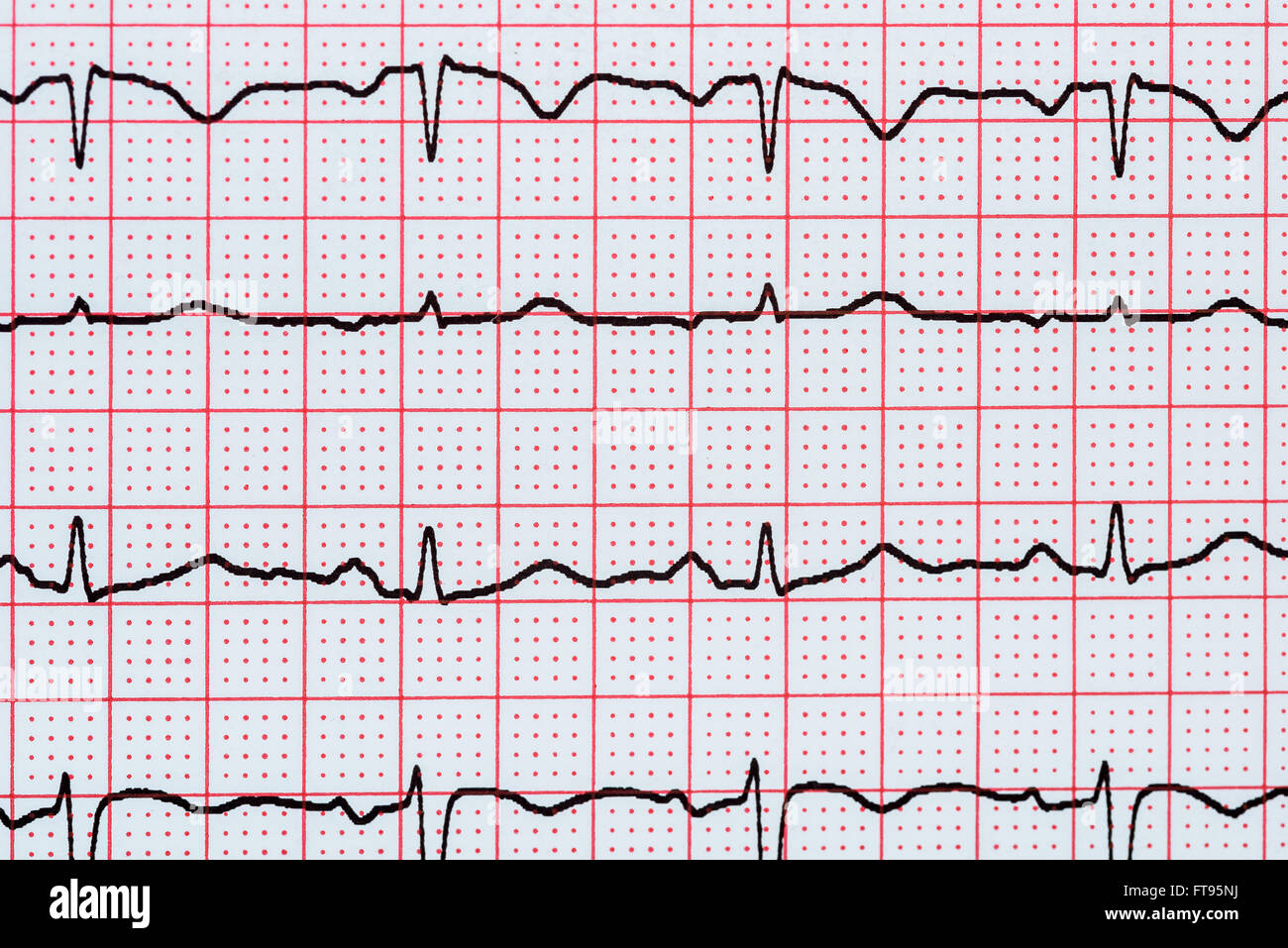

SD: standard deviation BUN: blood urea nitrogen TIBC: total iron-binding capacity HCT: hematocrit MCV: mean corpuscular volume T3: triiodothyronine T4: thyroxine TSH: thyroid stimulating hormone. Group 1: vitamin B 12 level vitamin B 12 level ≥ 253 pg/ml Group 3: vitamin B 12 level ≥ 436 pg/ml. Demographic data and laboratory results of study patients ECGs were included in the study data if at least 8 of the 12 leads could be measured. However, when the image quality of a derivation was inadequate, at least two consecutive measurements were averaged in order to improve accuracy. One measurement was taken from each derivation. Dispersion was calculated as the difference between the maximum and minimum PR, QT, QTc, and Tp-e intervals. The average of the values obtained separately from each derivation of the 12-lead ECG was used in the calculation. The Tpeak-Tend (Tp-e) interval was measured as the interval between the end point of the T wave obtained during the measurement of the QT interval and the projection of the T-wave peak on the isoelectric line ( Fig. Baseline ECG measurements such as heart rate (HR), PR interval, QRS interval, QT interval were obtained manually, and Bazett's formula (cQT = QT√(R-R interval) was used in the calculation of the QTc interval. The interobserver coefficient of variation was 2.12 %. One of the ECG evaluators was blinded to the demographic data of the patients and had no conflicts of interest, and the other was one of the authors of the study.
INTERVALO PR ELECTROCARDIOGRAMA MANUAL
Callipers and magnifying lenses were used in the evaluation of manual ECG measurements, which was performed by two experienced cardiologists. ECGs were recorded in our local online imaging program in order to improve the accuracy and reliability of our measurements. Our study was designed and conducted in accordance with the principles of the Declaration of Helsinki, after approval from the local ethics committee.Īfter the patients had rested for 10 minutes in the supine position, ECG recordings were obtained by placing electrodes in standard anatomical points with a speed of 25 mm/s and a width of 10 mm/mV (Cardiofax GEM, model 9022 K, Nihon Kohden, Tokyo, Japan). Finally, 214 healthy individuals over the age of 18 were included in our study. The subjects who use antiarrhythmic and/or any drug that may affect the QT interval, follow a vegetarian diet, have malnutrition, have a history of gastric or bowel resection, have a diagnosis of cobalamin absorption-metabolism-transport disorder and receive ongoing vitamin B 12 replacement therapy, and those with missing laboratory tests, ECG and echocardiographic information were also excluded from the study. Patients with coronary artery disease, structural heart defect, chronic heart failure, permanent pacemaker, atrial fibrillation or chronic arrhythmias were not included in the study. Echocardiographic and electrocardiographic measurements were analyzed from the electronic data system. Routine biochemistry and hemogram tests as well as mineral, vitamin B 12 and hormone levels were evaluated. The aim of our study was to evaluate the relationship between vitamin B 12 levels and repolarization parameters in healthy adults.Įlectronic data of 745 patients who applied to our outpatient clinic with the complaint of atypical chest pain between August 2019 and March 2021 were analyzed retrospectively. We believe that since vitamin B 12 defficiency leads to demyelination and autonomic dysfunction, it may be more closely associated with arrhythmogenic susceptibility and repolarization defects when compared to other vitamin disorders. However, the association of vitamin B 12 deficiency with repolarization disorders and arrhythmogenic susceptibility in adults is unclear.

Prolonged QT dispersions, Tp-e intervals and Tp-e/QT ratios, and corrected measurements of these parameters, were found to be associated with ventricular arrhythmias ( 3, 4). Moreover, the interaction of vitamin B 12 deficiency with the sympathetic system seems to be more profound than that of the parasympathetic system ( 1- 6).

Heart rate variability spectral analyses have shown that sympathetic and parasympathetic activities are decreased in patients with B 12 deficiency. Effects of vitamin B 12 defficiency on sympathetic and parasympathetic systems may cause heart rate variability and autonomic dysfunction.

It has been shown that autonomic dysfunction symptoms such as orthostatic hypotension can be observed before neurological and hematological findings. Vitamin B 12 acts as a coenzyme of methyl-malonyl-Co-A mutase, which is involved in myelin synthesis as well as in lipid and carbohydrate metabolism and DNA synthesis ( 1). Vitamin B 12 is a water-soluble molecule that is essential for the hematological and neurological systems.


 0 kommentar(er)
0 kommentar(er)
